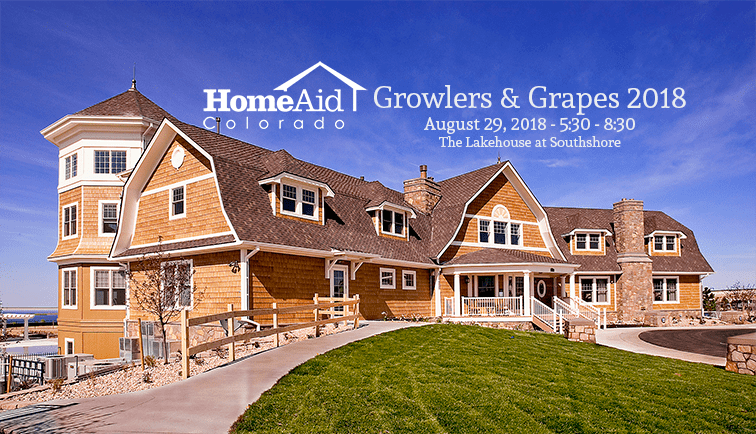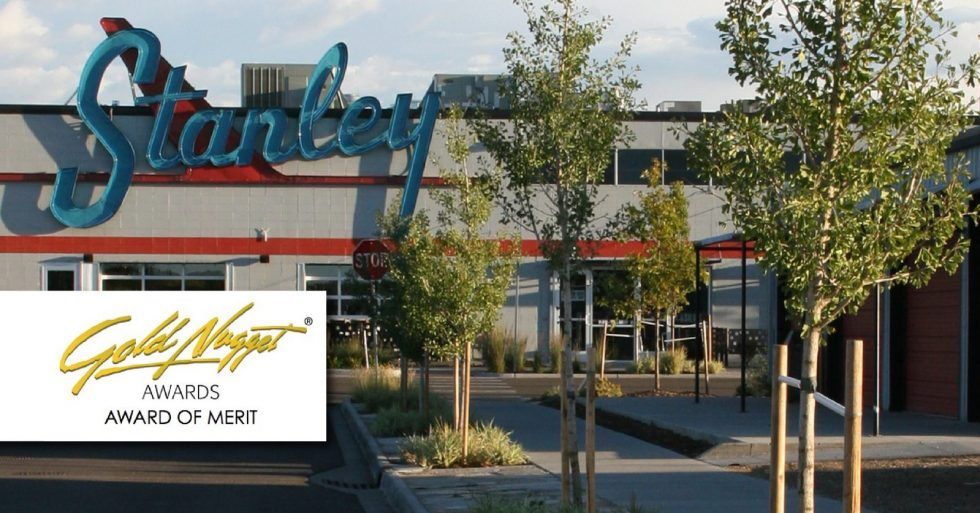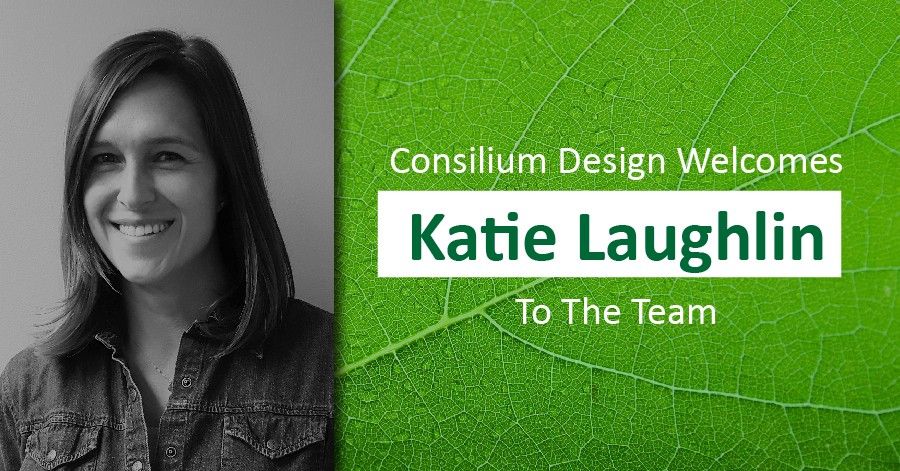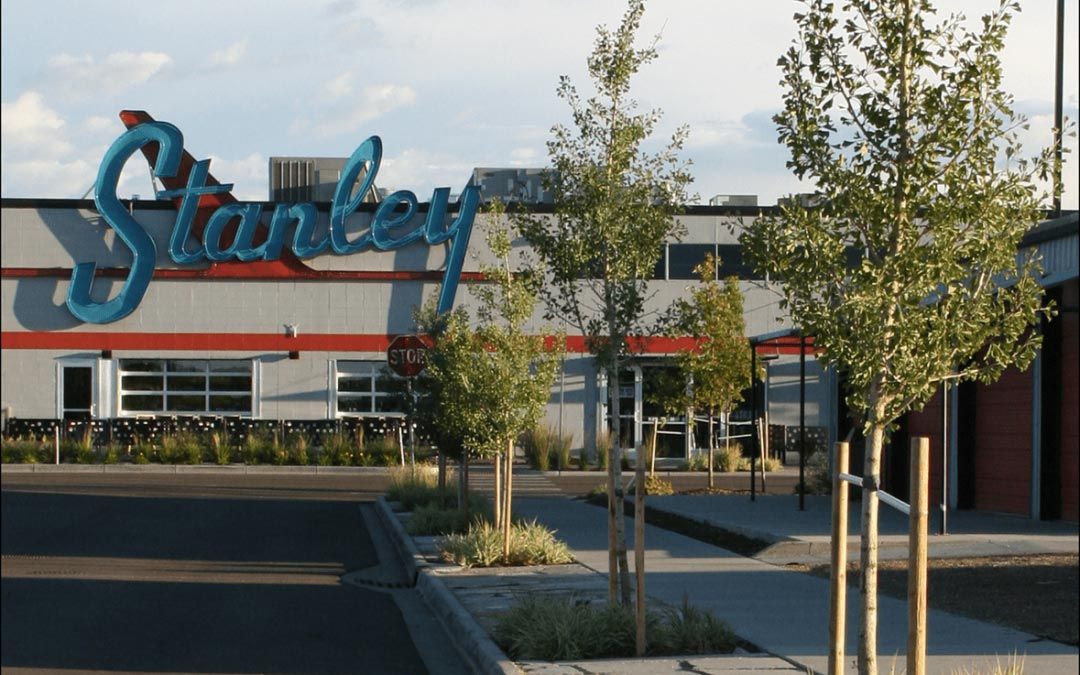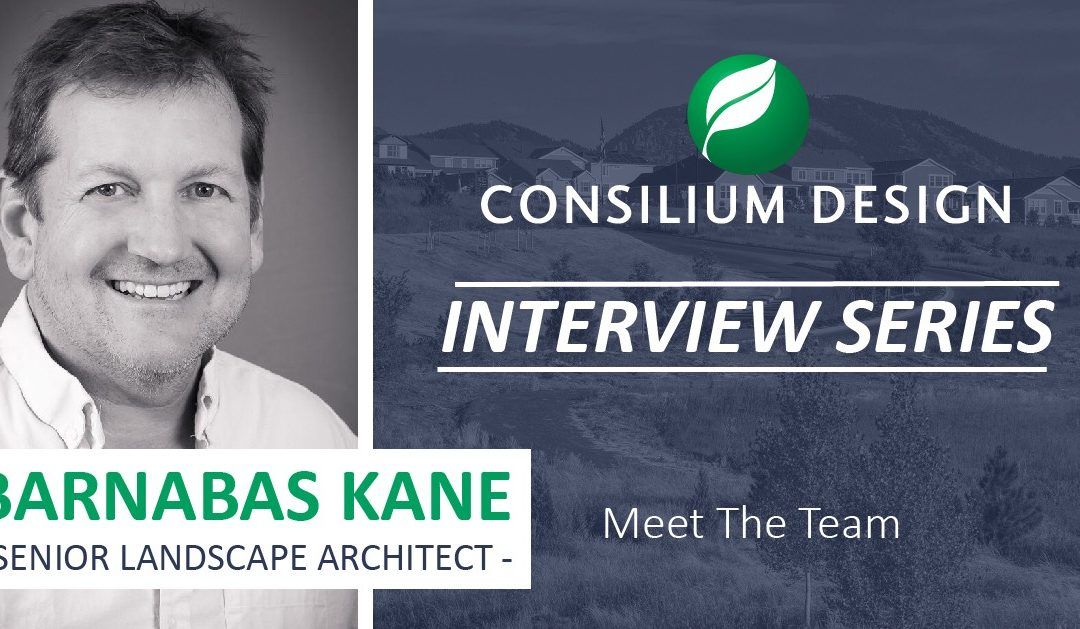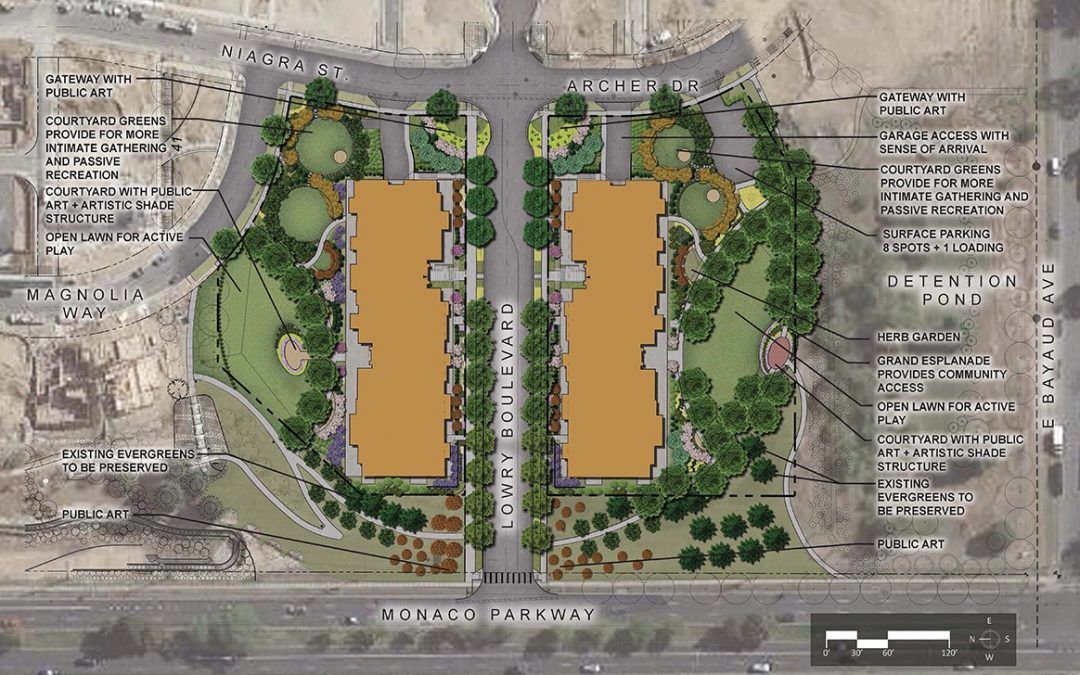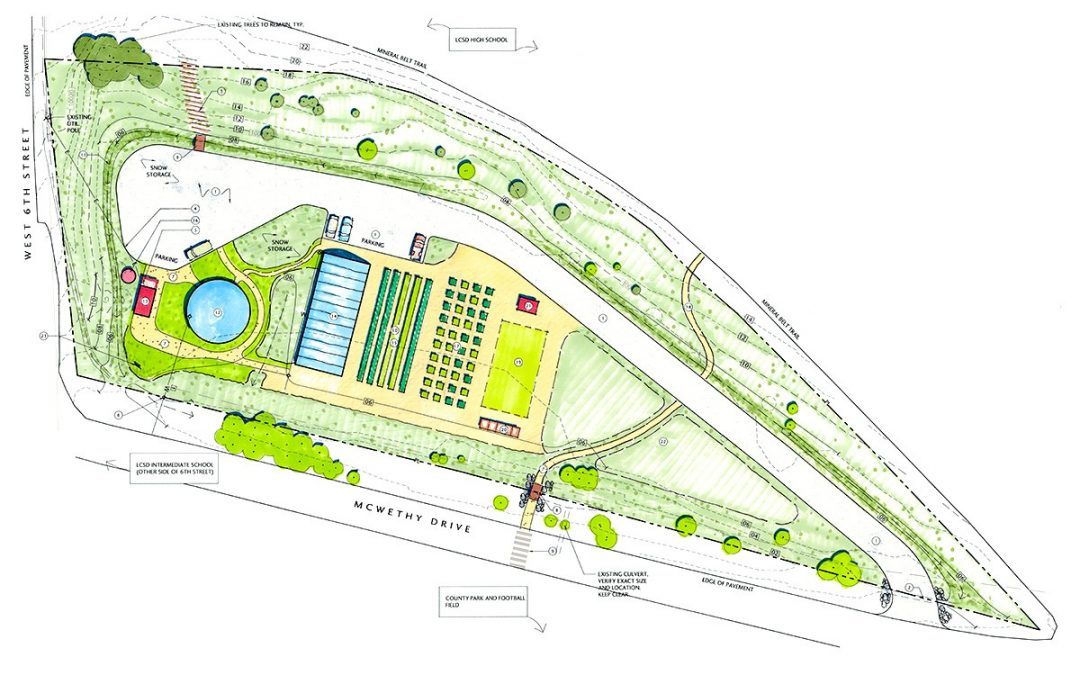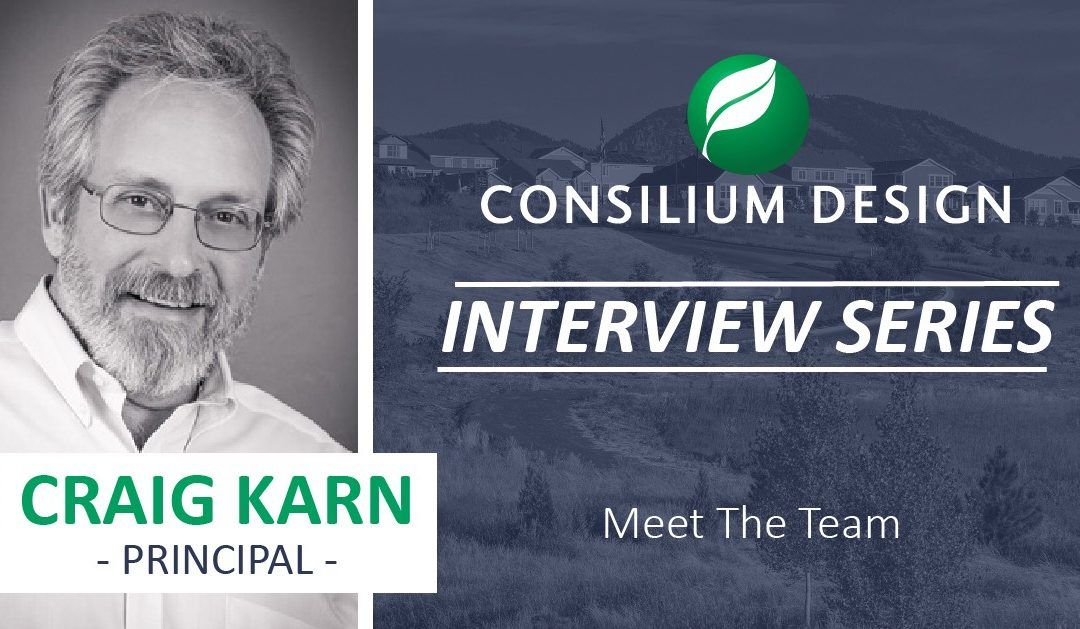This article was printed in the Colorado Real Estate Journal on January 23, 2018. Click here to read the original article.
With the passage of the Denver Green Roof Initiative, it has become very clear to me that those of us in the business of building sustainable cities have some work to do in educating the public about the difference between the color green and being “green.” The green movement is hardly a new thing. Let me drop a few names that predate even me:
- Aldo Leopold (A Sand County Almanac, 1949)
- Rachel Carlson (Silent Spring, 1962)
- Ian McHarg (Design with Nature, 1969)
These brilliant people and many others laid the groundwork for the sustainability/green movement long before you and I could Google it. Sustainable methodologies have been integral to my career as a landscape architect for more decades than I care to count, and I would like to address a few items within the Denver Green Roof Initiative.
According to its website, green roofs:
- Clean our air;
- Reduce building energy consumption;
- Are a best practice to manage storm water;
- Create biodiversity for bees, birds and other insects; and
- Reduce the urban heat island effect.
None of these items is untrue in and of itself, but let’s touch on the details of each.
Clean our air. Green roofs don’t clean our air. Plants, green or otherwise, do. If they are a part of the green roof design, they will help improve air quality. However, they won’t do that any better just because they are located on the roof. In fact, in our arid environment with the intense sun, plants will struggle to survive without intensive maintenance and supplemental irrigation on a roof versus a landscape area on the ground surrounding the building.
Reduce building energy consumption. A green roof, of the green plant variety, can provide cooling for the building below and reduce the demand for air conditioning, but so can other roofing systems. The reflectivity, insulative value and proper ventilation of the roof system can reduce air-conditioning demand as much as a plant roof, with much less weight, cost and maintenance.
Best practice to manage storm water. The initiative’s website states: “In fact, Green Roofs retain and release storm-water so well that is was named as a Best Management Practice for infiltrating and detaining runoff by the Urban Drainage and Flood Control District.”
Yes, the Urban Drainage and Flood Control District named green roofs as a best management practice. What it did not do is name it as the best management practice. I am a firm believer that storm water and water quality management begin where the raindrops hit the ground or the roof, but it certainly does not end there. Many storm and water quality systems are being designed, developed and constantly improved upon for infill and redevelopment sites throughout the urban core and elsewhere in the metropolitan area. And they aren’t all on a roof.
Create biodiversity for bees, birds and other insects. A biodiverse landscape is of benefit to bees, birds and other insects. It’s good for people, too. If you could ask a bee, he would probably tell you it doesn’t matters to him whether the dandelion is on the roof or on the grass. If people want to help birds, bees and people, a larger, more consolidated and diverse landscape within the urban environment is more important than pieces on roofs.
Instead, what if we reduced pavement, concrete and impervious surfaces, and returned the 30 percent of downtown Denver that is surface parking to consolidated, naturalized landscape areas? We could use native plants that benefit wildlife and don’t need oodles of pesticides and fertilizer, which is what kills bees. Our community should quit designing with concrete and asphalt and start designing with nature, as McHarg suggested back in 1969.
Reduce the urban heat island effect. Green roofs can contribute to reducing the urban heat island effect, but so can many other things. Plant more trees in parking areas, along streets and pedestrian routes. Everywhere, really. They will benefit air quality and biodiversity as well. Parking lots shouldn’t have a tree every 90 to 150 feet along a parking bay, which is the typical standard – they should shade over 50 to 100 percent of the entire parking area.
Where it might seem counterintuitive that a lifelong environmentalist and sustainability professional is questioning the Denver Green Roof Initiative, it comes from the heart. And my heart holds a more expansive definition of “green.”
The public understanding of sustainability must evolve. I love a good tree hugger, I am one myself, but our collective mindset needs to move from thought into action – the action of creating a culture of sustainability, a culture of regeneration would be even better, but baby steps. For example, low-flow plumbing fixtures and appliances don’t mean much if we’re still using over half of our potable water on our yards. We all need to be participants in the physical environment we live within. Walk the walk, literally.
I understand the intention of the initiative, and even why it passed. People want to feel good about being green, even if they are unsure of what that truly means. The initiative itself demonstrates that being green is not being colored green or simply using green plants. That’s why solar energy collection constitutes a “green” roof. However, The Denver Green Roof Initiative does little to engage the public in a culture of sustainability. And that’s what I’m after. It’s our city – builders, developers and citizens, alike. We all need to do our part to understand sustainability and learn to live it.
Perhaps I will feel better when we are ready to implement the Denver Green City Initiative.
This article was printed in the Colorado Real Estate Journal on January 23, 2018. Click here to read the original article.
